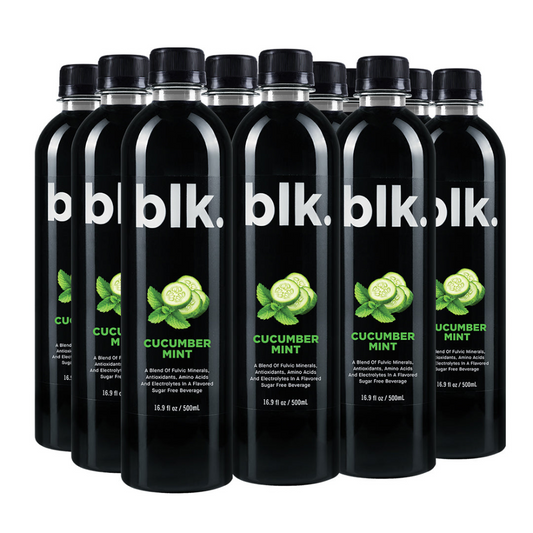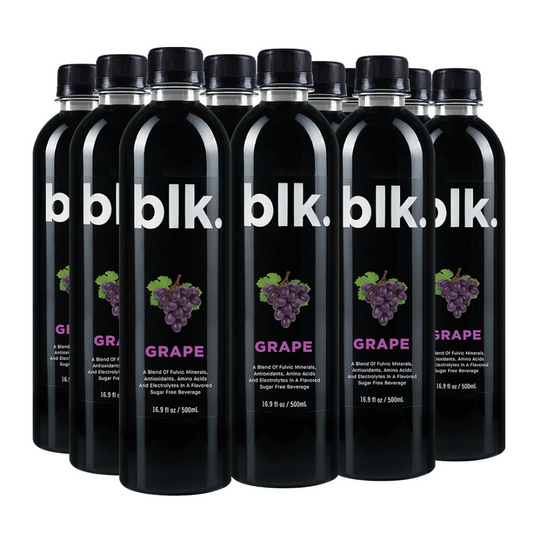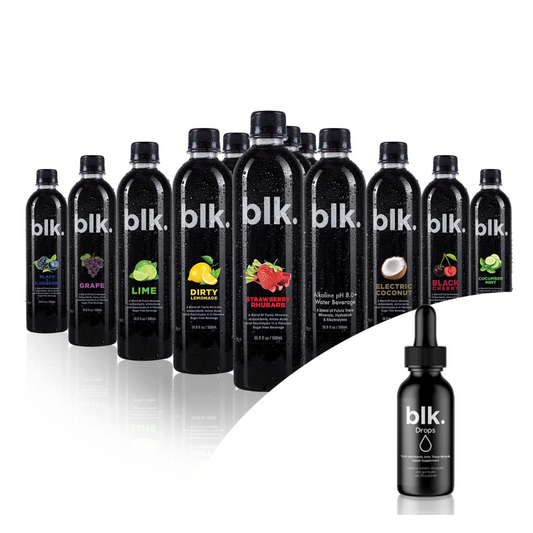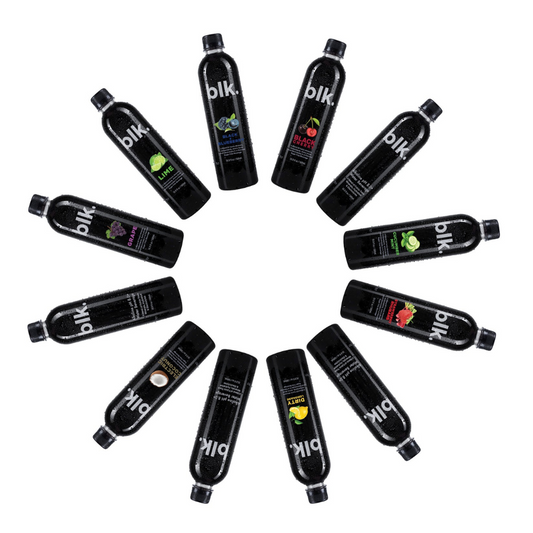
Whey Protein Hydrolysate for Recovery: How it Helps
This Article Seeks to Answer the following:
- What whey protein hydrolysate is
- How whey protein hydrolysate helps in muscle recovery
- The correct way to use whey protein hydrolysate for muscle recovery
- Risks and side effects associated with whey protein hydrolysate intake
What is Whey Protein Hydrolysate?
Whey protein hydrolysate is one of the three forms of whey protein. It is obtained when whey, a milk derivative, is exposed to heat, acids, and enzymes, breaking some of the amino bonds holding together the amino acids. For that reason, whey protein hydrolysate is generally referred to as 'predigested.'
Protein Sources
Whey protein hydrolysate is an animal-based protein obtained from whey, a liquid milk derivative harvested during cheese-making. It is a complete protein and has all the nine amino acids the body can't synthesize.
Digestion Process
Whey protein, hydrolyzed whey, comes in a pre-digested form since most of the amino bonds responsible for holding its amino acids together usually break off during its formation. The longer chains of amino acids are therefore broken into relatively shorter peptides. Peptides are generally smaller and require less breakdown, making them ready for absorption.
Amino Acid Profile
Despite being in a hydrolyzed state, whey hydrolysate retains all the essential amino acids in whey protein isolates and concentrates. They include valine, isoleucine, methionine, threonine, tryptophan, phenylalanine, histidine, lysine, leucine, and isoleucine.
The above nine amino acids are referred to as 'essential' because, despite being crucial, they can't be synthesized by the body and must therefore come from the foods we eat.
Protein Hydrolysate vs. Isolate
Whey isolate is usually obtained when whey concentrate is subjected to further refining, significantly lowering the number of carbs and fats. However, it doesn't come in pre-digested form like whey hydrolysate and therefore takes relatively longer to digest. Here are the main differences between these two types of protein:
- Production: Whey isolate is produced from the microfiltration of whey concentrate. Its manufacturing process flushes out all non-protein components, resulting in pure protein. In contrast, hydrolysates are manufactured by exposing whey protein to extreme heat, enzymes, and acids to break amino bonds. This difference in manufacturing processes makes hydrolysates more bioavailable.
- Fats and Carbs Content: Even though the manufacturing processes of these two types of whey protein remove unwanted fat and carbohydrate traces, whey isolates usually maintain micro fractions of the fats and carbs found in milk.
- Bioavailability: Hydrolyzed whey generally has a higher bioavailability, usually measured by the percentage of proteins digested upon consumption.
- Digestion Speed: Even though whey is a fast-absorbing protein, whey hydrolysate digests faster than protein since the amino bonds are usually broken. The breakdown of amino bonds during formation explains why consumption normally leads to an insulin spike.
How Whey Protein Hydrolysate Aids in Muscle Recovery
Whey protein helps muscle recovery through protein synthesis, muscle tissue repair, and decreased soreness.
Protein Synthesis
Preliminary data from preclinical studies have shown that whey protein hydrolysate can significantly stimulate muscle protein synthesis at lower doses compared to isolates and concentrates. This can be attributed to the fact that whey protein hydrolysate mainly comprises peptides that can be absorbed more rapidly.
Whey protein hydrolysate also has high doses of leucine, a branched-chain amino acid that stimulates protein synthesis for improved muscle recovery.
Muscle Tissue Repair
Whey protein hydrolysate is a source of high-quality amino acids that help strengthen torn muscle fibers after a successful workout. Muscle tissue repair also refuels the muscles for reduced muscle soreness impact.
How to Use Whey Protein Hydrolysate for Recovery
Like any other workout supplement, whey protein hydrolysate may be correctly used for maximum benefits. Things worth considering include dosage and timing. Let's find out more.
Dosage
The correct amount of whey protein hydrolysate to take normally depends on factors such as body weight, total protein intake, and whether there are other protein sources or not. It's also vital that this fast-absorbing type of whey protein has high levels of leucine and doesn't, therefore, have to be taken in large quantities.
Anywhere between 25-50 grams of whey protein hydrolysate after a grueling workout should work for faster recovery.
Timing
Even though you can consume whey protein hydrolysate any time of the day, it's best to use it as a pre-and post-workout for faster muscle recovery. As a pre-workout, whey protein hydrolysate supplies the body with enough amino acids to fuel your body as you work out, while as a post-workout, it helps fasten muscle recovery by taking advantage of the anabolic window.
Risks and Side Effects of Whey Protein Hydrolysate
Hydrolyzing whey protein rids it of all its lactose content, giving the lactose intolerant a better whey protein option for their dietary and workout needs. However, some people still report digestive distress resulting in gas, stomach cramping, and diarrhea, which can result from general protein intolerance.
It's important to recognize that despite the thorough manufacturing process, hydrolysates are types of whey protein, which, when ingested in high doses, can cause the following side effects:
- Reduced appetite
- Acne
- Tiredness
- Increased bowel movements
- Headache
- Bloating
- Thirst
Conclusion
Whey protein hydrolysate is one of the most refined forms of whey protein. It has high bioavailability and digestibility rates making it a fast-acting protein that can promote faster recovery, allowing you to bounce back after a grueling workout. However, ensure that you stick to the required dosage to avoid common side effects associated with high whey protein intake.
Frequently Asked Questions
-
Is It Possible to Mix Whey Protein Hydrolysate With Other Supplements?
-
Can Consuming Too Much Whey Protein Hydrolysate Be Harmful?
-
How Does Whey Protein Hydrolysate Compare to Other Forms of Whey Protein When It Comes to Recovery?
-
Can I Consume Whey Protein Hydrolysate if I Have a Milk Allergy




